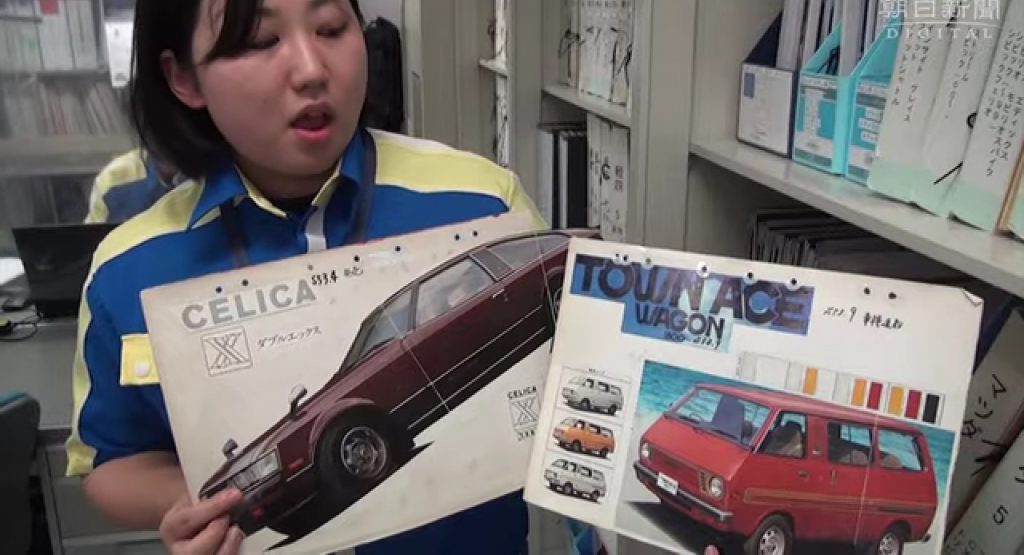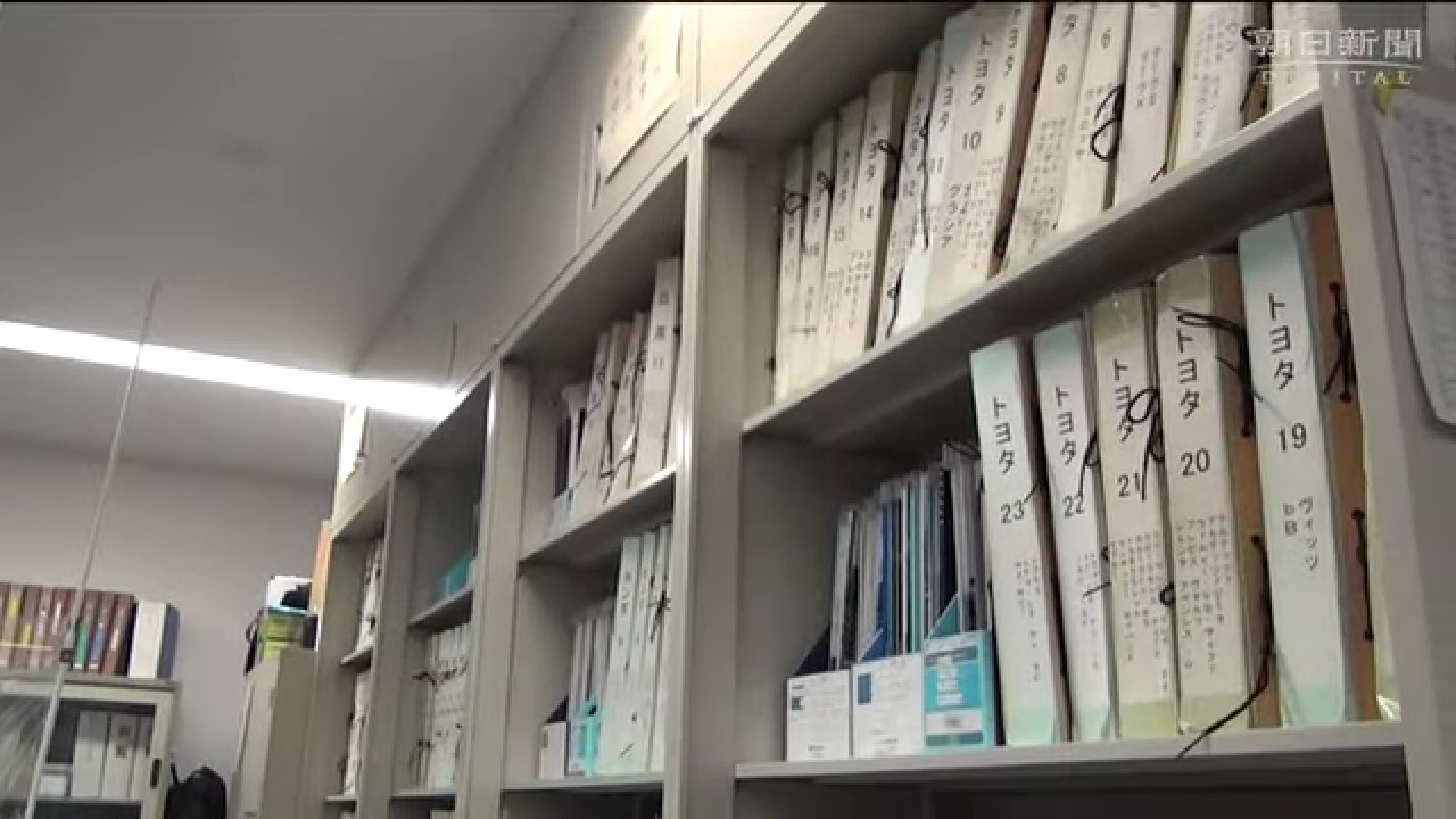This summer, police in Aichi prefecture in Japan were faced with a mystery. Tasked with solving a hit and run, the police had nothing but blurry footage from a dashcam to go on.
In the footage, officers could see a glimpse of the front of the car and assumed that it was a Toyota Aqua subcompact. But that didn’t quite sit right with Misaki Hamaguchi, who felt that her colleagues were close, but not quite right.
Based on how the grille and the fog lights protruded, she wasn’t sure if it was the Aqua so she turned to the police department’s collection of more than 17,000 automotive brochures. The collection covers nearly every car on Japanese roads today and helped her determine that the car was, in fact, a Yaris.
Read Also: Ford Fined $53k In Australia Over Misleading Mustang Mach 1 Brochure
Indeed, Hamaguchi turned out to be right, according to The Asahi Shimbun. Hamaguchi told the outlet earlier this year that she wasn’t really into cars before joining the force, but was forced to start paying attention to their finer details because of the job.
It’s such a part of the job that, in the 1970s her police department in Aichi started collecting brochures in order to use them as reference materials in investigations. It now has a drool-worthy collection of thousands of files going back 40 years with pictures of classic vehicles mounted on cardboard.
Along with photos of the front, rear, and sides of the vehicle, the department also keeps spec sheets, sizing, performance, optional features, and more. For modern cars, though, there are often so many options, that police don’t bother clipping out pictures and just keep the whole brochure intact.
Keeping up with the pace of the automotive world is hard work. The police department’s collection even contains brochures for one-off vehicles, since a hit and run could be done by any vehicle.
“It’s important to know that there are limited editions,” Hamaguchi said.
But the work is worth it because word of the collection has actually spread to police departments in other prefectures. The Aichi prefecture now received requests from other police departments to identify vehicles and at least one other department has started collecting its own brochures.
“It’s an array of precious materials collected by successive generations of officers by maintaining an observant eye,” Hamaguchi says. “It’s our asset and weapon.”





